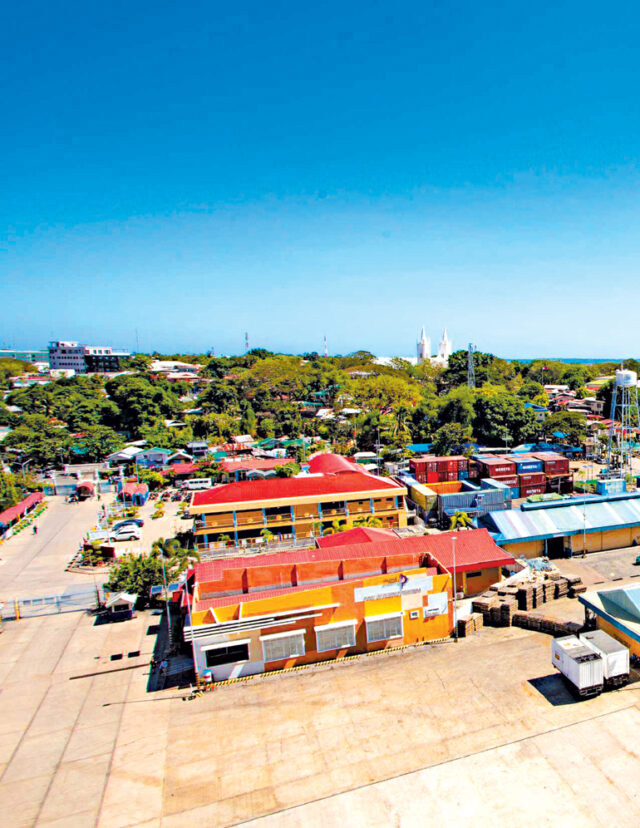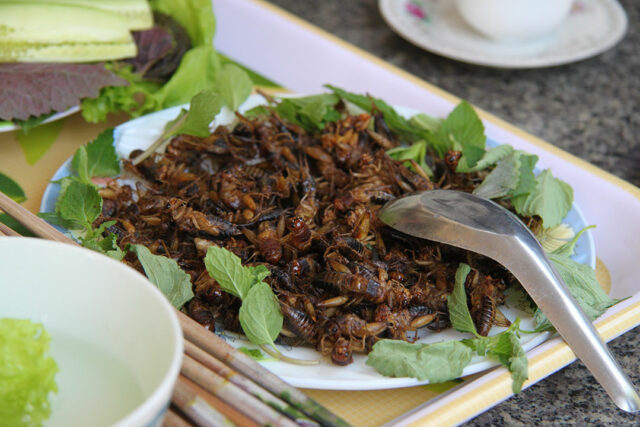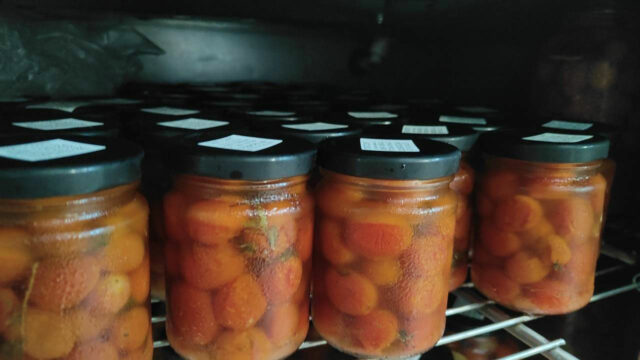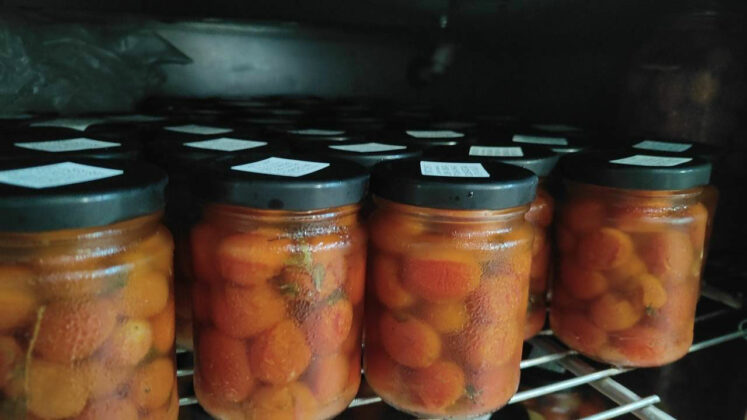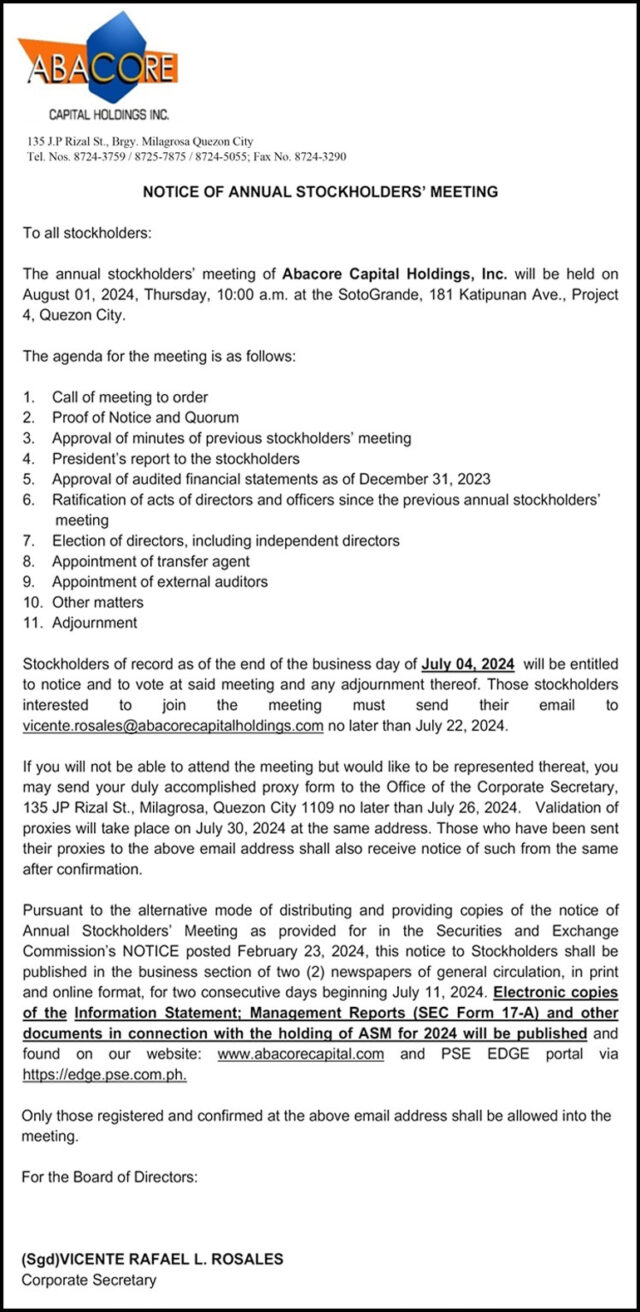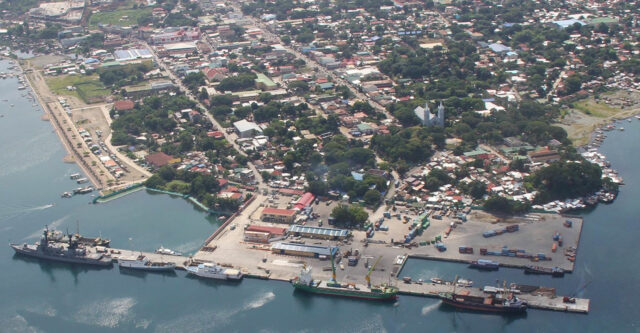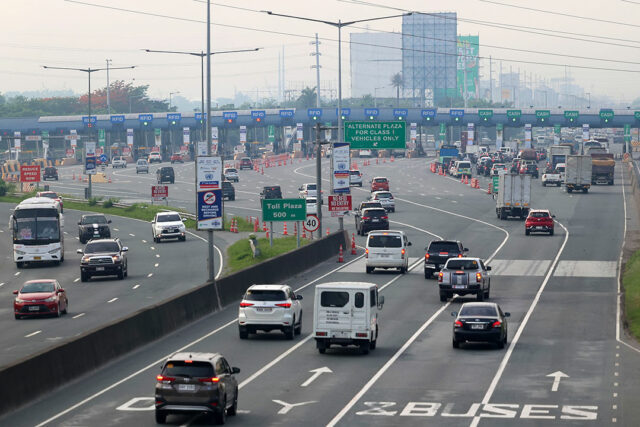Harboring prosperity: Ports as engines of economic growth in the Philippines
As a nation strategically located at the mouth of the Pacific Ocean and surrounded by various bodies of water, the Philippines has been blessed with beautiful coastal features and a rich marine biodiversity that supports fisheries, aquaculture, and tourism. However, this archipelagic nature and strategic location harbors not only an abundance of natural resources but also the opportunity for the Philippines to drive economic growth and development through ports.
These maritime facilities are engines that propel global connectivity and facilitate trade in the region. The Philippine Ports Authority (PPA) is the government agency tasked to establish, develop, regulate, manage, and operate these docks that serve as “vital arteries in a nation’s prosperity.”
Since ports are avenues where different cities and countries can exchange goods and materials, one way to measure the effectiveness of these facilities is by evaluating their performances in several ports-related statistics.
Data from the PPA suggests that the cargo throughput, or the amount of load that passed through these harbors, at Philippine ports increased by 5.14% from 2022 to 2023 rising from 259,135,491 metric tons (MT) of cargo to 272,462,354 MT. However, container throughput did decrease by a small margin of 5.01% in 2023 with only 7,508,123 twenty-foot equivalent units (TEU) passing through Philippine ports compared to 7,904,422 TEU in 2022.
Ports are often major transportation hubs as well, allowing workers to reach their jobs and for businesses to access more markets. Last year, the PPA reported a 7.29% increase in roll-on, roll-off (RoRo) traffic, with more than 10,784,735 cars transported as opposed to 10,051,925 in 2022.
Partly due to the end of coronavirus disease 2019 (COVID-19) pandemic, passenger traffic in Philippine harbors is coming back to pre-pandemic levels. According to the PPA, more than 73,000,000 travelers passed through these ports in 2023, significantly higher than the nearly 60,000,000 passengers recorded in 2022 and closer to the more than 83,000,000 travelers in 2019.
Shipcalls in the country’s ports are also on the rise, indicating an increased capacity to accommodate ships and the growing preference of shipping companies to go to the Philippines. Based on PPA statistics, over 562,000 vessels arrived and docked in the country’s ports in 2023, an 18.22% growth from more than 476,000 ships in 2022.
Despite these remarkable numbers indicating economic growth through harbors as facilitators of trade in the country, ports can also contribute to the economy through cruise tourism and maritime commerce. This is why several ports in the country are rapidly building infrastructure able to meet these demands.
With the help of the Department of Public Works and Highways (DPWH), the PPA has transformed the port of Puerto Princesa into a pivotal hub for international cruises in South East Asia and has redefined port tourism in the Philippines.
Dating back to the late 2000s, cruise tourism became a focal point in Palawan’s port due to its strategic location and has been supported by positive feedback from surveys conducted by cruise lines. Through continuous improvements, the port of Puerto Princesa is soon to have a dedicated cruise terminal.
“We make sure that we conduct proper planning, pre-berth meetings where we discuss the specific instructions and protocols needed when accommodating cruise ships and also to ensure the safety of the crew and passengers as well,” said Elizalde M. Ulson, port manager of Port Management Offices (PMO) Palawan.

Meanwhile, Bohol’s Tagbilaran port is also emerging as a cruise tourism destination in the Visayas. While the harbor has already been the province’s commercial hub, the arrival of an impressive fleet of 20 cruise ships has further boosted its prominence to its locals. Amidst congestion challenges, reclamation projects to expand the port are in the works including a state-of-the-art passenger terminal building that is expected to boost tourism in the province.
“We believe that in order to sustain the operations, the reclamation projects are the answer to meet the growing demand in our ports here in Bohol, and there is now an increase in passenger and cargo traffic compared to 2022,” PMO Bohol’s Acting Port Manager Atty. Francis A. Peñaranda said.
Another port in Bohol experiencing upgrades to accommodate more passengers is the Tubigon port. With its latest endeavor, the Port Operations Building (POB), nearing completion, the harbor will be ready to welcome more than 1,000 passengers at a time, bolstering its role as a key entry point to the province.
The projects in the ports of Puerto Princesa, Tagbilaran, and Tubigon are a testament to the emerging cruise tourism in the country. While these developments are set to propel the growing industry, the PPA emphasizes that environmental stewardship remains paramount amidst these endeavors.
Each project is compliant with environmental regulations set by the provinces’ local governments and possesses sustainable features such as renewable energy sources, energy-efficient designs, and green initiatives like tree-planting activities.
Ports have been an invaluable driver of the Philippine economy, serving not only as commercial hubs and trade facilitators but also as the connector of the country’s more than 7,000 islands. Divided by water and yet connected by ports, the Philippines is well-positioned to harness its coastal and maritime potential leading to inclusive development all across the archipelago. — Jomarc Angelo M. Corpuz

